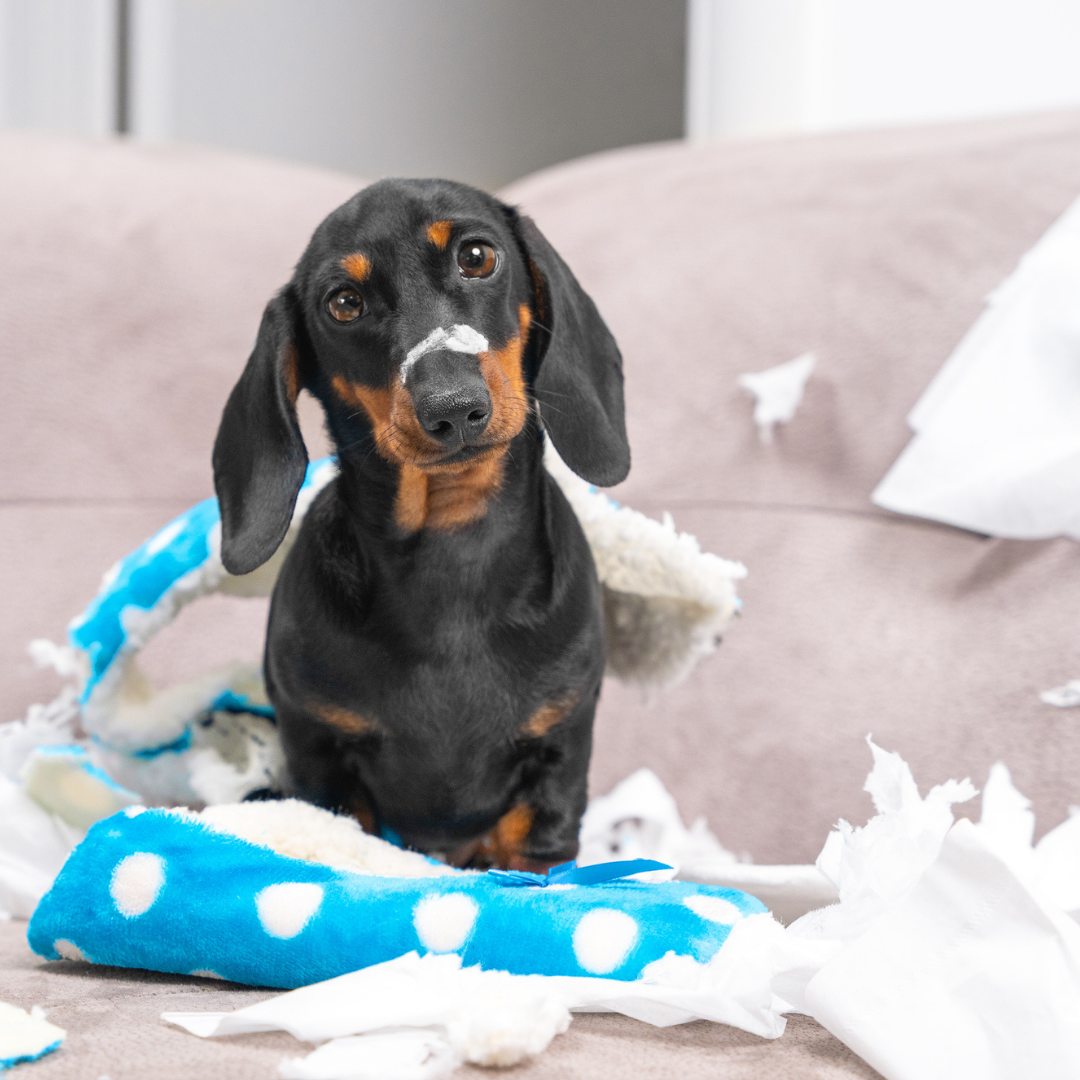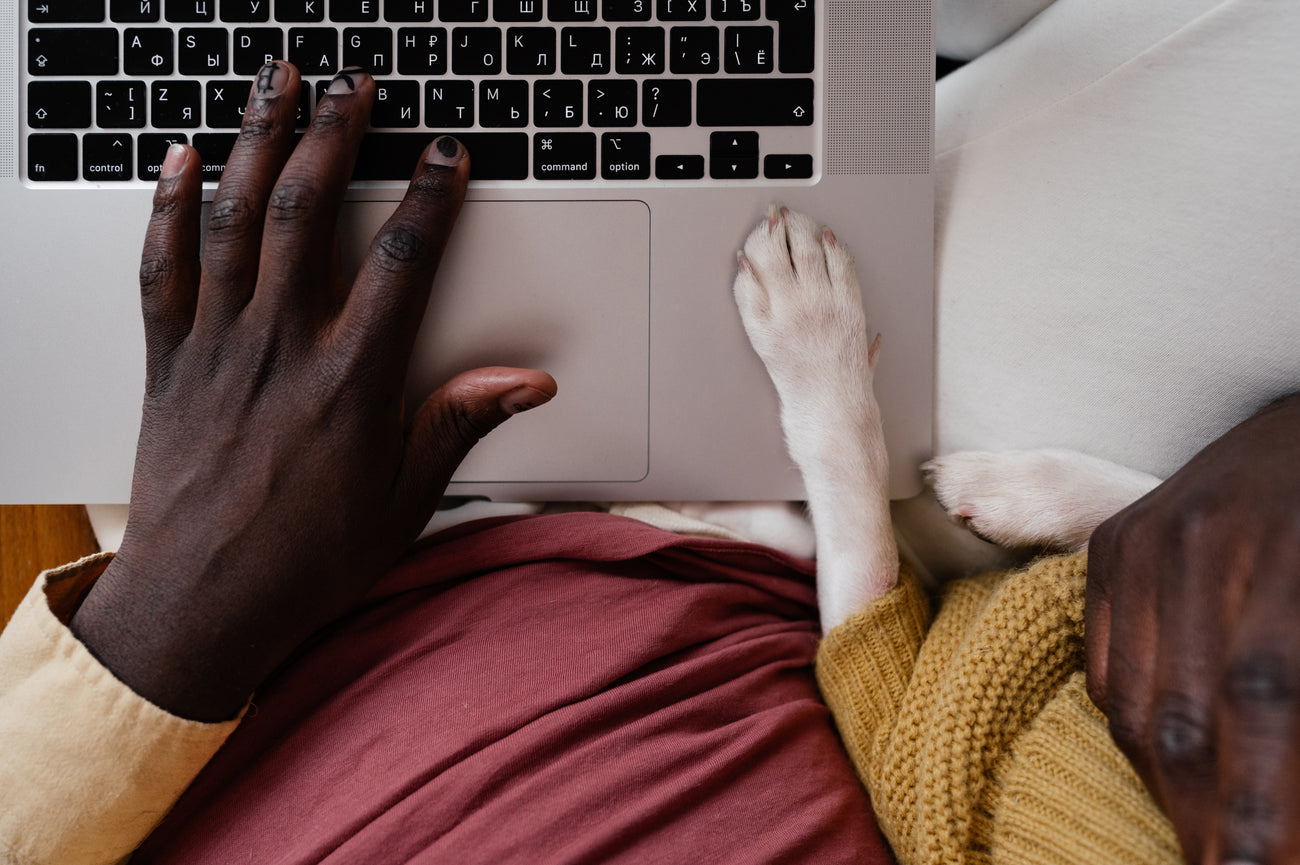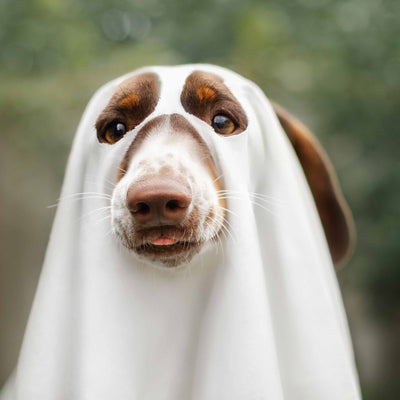When adding a new pup to your family, one thing that most new pet parents aren’t always prepared for is when the puppy is chewing everything. The same goes for those who have adopted an adult dog who is chewing nonstop. And it can get super frustrating when your new furry family member decides to target your shoes, furniture, or miscellaneous household items as their own chew toys.
When it comes to figuring out how to stop a puppy from chewing or how to stop an adult dog from chewing, it can be difficult to figure out the best strategies without getting frustrated. By focusing your attention on eliminating inappropriate chewing opportunities, being consistent and providing appropriate dog toys, you can help your dog or puppy find appropriate outlets for their chewing. Here are eight things pet parents can do to deal with dog or puppy chewing habits that are out of control:
- Be attentive.
Much like you would with a human baby, always keep an eye on your puppy or dog to protect him from his own curiosity and desire to put everything in his mouth and chew on it.
- Contain the situation.
If you must leave your dog alone, it is best to keep him confined. Whether for a longer portion of the day or only a little while (like a trip to the grocery store), use a dog crate or, if your puppy is unable to be crated, section off a small room in your home using dog gates. This will limit his access to undesired chewing targets and help him stay on track with potty training. Keep in mind that puppies have limited "hold times." Your puppy's age in months roughly translates to how many hours he can be crated, so a three-month-old puppy can hold it for about three hours. Puppies often begin chewing on things because they are alone and bored. And because they do not discriminate in terms of what they chew, an uncontained puppy can get into a lot of trouble, or even injure himself. The area where you confine your puppy must be free of objects that he can chew on, except for those puppy chew toys that have been specifically chosen for their age appropriateness.
- Leave your scent behind.
If you are leaving your dog for a longer duration, rolling your dog’s favorite toy or nylon bone between your hands will transfer your scent to help soothe him. It is also important to avoid making an emotional farewell so that your puppy does not respond with anxiety (i.e., separation anxiety), which can lead to whining, barking and other destructive behaviors. Many puppy owners have also found that leaving the radio on at a low volume (with calm, soothing music playing in the background) will help to calm an anxious puppy.
- Put away anything that a dog can chew on.
You must put away all the things your dog can get into his mouth. Even things that appear to be out of reach may be reached by a diligent dog. This includes shoes, children’s toys (especially small toys that your puppy can choke on), articles of clothing (particularly socks and undergarments), plastic bags, trash bins, containers of medicine, wallets and purses, supplements, plants—just about everything. Do not ever allow a dog to go into the bathroom unsupervised, since there are a lot of hazardous things he could get into, like cleaning products. There are also objects there that you do not want to have chewed on and scattered through the house. This includes items commonly found in the wastebasket, but also rolls of toilet paper. You must also take care to store valuable objects such as jewelry in a safe place that a dog cannot reach; a closed closet, dresser drawer or cabinet is best.
- Choose dog toys wisely.
Only buy dog chew toys that have been designed with a dog's safety in mind. Many dog plush toys have pieces that can fall off or be chewed off and become a choking hazard. A dog can easily chew open many squeaker toys and swallow the squeaker, which will require a trip to the emergency vet. Nylon bones are great because they are durable, safe and non-damaging to the teeth. For rubber toys, make sure they cannot be shredded into pieces that your dog can swallow. These can become choking hazards or cause intestinal upset. Make sure that you choose an age-appropriate and durable toy for your enthusiastic chewer. And you should always replace a toy once it begins to fall apart or reaches a size where it can be swallowed.
- Interrupt, then divert.
When you do find your dog chewing on an inappropriate object, interrupt him, and then divert his attention to an object that is appropriate for him to chew on. Praise your dog for chewing on the appropriate object.
- Do not give your dog an old shoe or old socks to chew on.
You are unintentionally teaching him that it is acceptable to chew on shoes and socks, and there will come a day when one of your very favorite or very expensive shoes ends up as a dog chew toy. Your dog cannot be expected to distinguish which chewable items are off limits and which ones are meant for him. Instead, you can provide an edible chew treat like our best-selling Puppy Teething Rings or Original Bone.
- Exercise daily.
Engaging in age- and breed-appropriate exercise every day helps prevent your dog from getting bored. It also helps to burn off some of his energy. Boredom and high energy levels are some of the most common reasons for destructive puppy chewing behavior.







